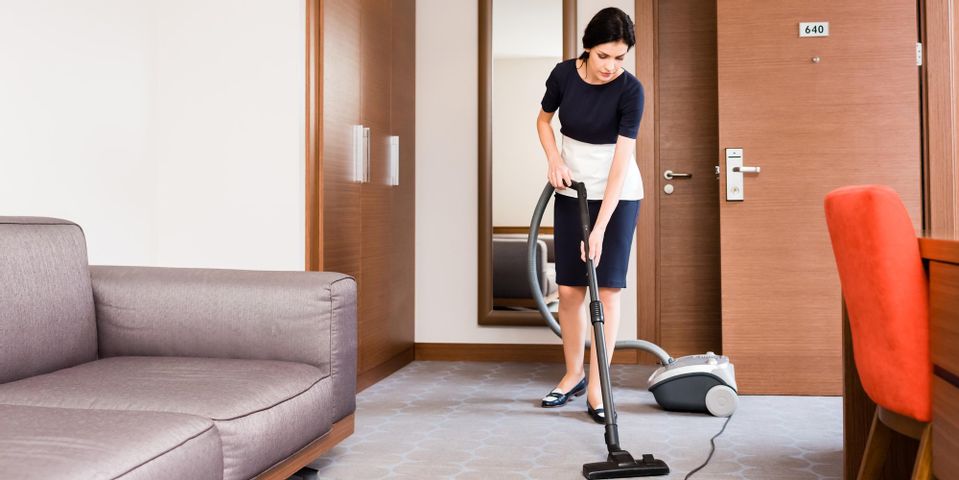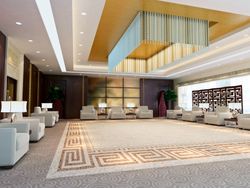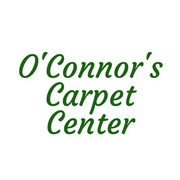
If you’re researching a new carpet for your business, consider broadloom. This type of tufted material offers a variety of commercial advantages, including superior durability. Here’s what you should know about the broadloom option to determine if it’s right for your business.
What Is Broadloom Carpeting?
How Is It Made?
Carpeting was traditionally handwoven using machines called looms, though computerized versions are used today. Broadloom options are created with a broader, or wider, loom.
The width of the loom results in carpets ranging from 12 to 15 feet wide. Broadloom options come in a wide array of colors and patterns using organic and synthetic materials, including solid colors and mosaic patterns, to accommodate commercial interiors of all kinds.
How Is It Installed?
 The carpeting is installed over padding or glued to the floor, with the latter method common in commercial settings. For rooms wider than 15 feet, two or more pieces get joined, or seamed, together.
The carpeting is installed over padding or glued to the floor, with the latter method common in commercial settings. For rooms wider than 15 feet, two or more pieces get joined, or seamed, together.
Rooms narrower than the carpet roll’s width require cutting the material to avoid lumps and ripples. Spaces that are smaller than the material’s width often require using remnants instead of rolls.
What Are the Benefits?
Broadloom carpet offers a variety of commercial advantages. In addition to its comprehensive variety of colors and patterns that suit business interiors of all kinds, broadloom often includes moisture backing to resist stains and make it extra durable.
The flooring material also comes with anti-static protection and will not look matted or crushed because of loop pile construction. It’s also one of the less expensive carpeting options available.
Shop for broadloom selections at O’Connor’s Carpet Center, the commercial flooring company serving all of New York City, New Jersey, and Lower Connecticut. Since 1972, they’ve offered a stunning range of flooring options for business owners. Call (718) 409-2020 today to schedule an installation, or learn more about their services online.
About the Business
Have a question? Ask the experts!
Send your question

